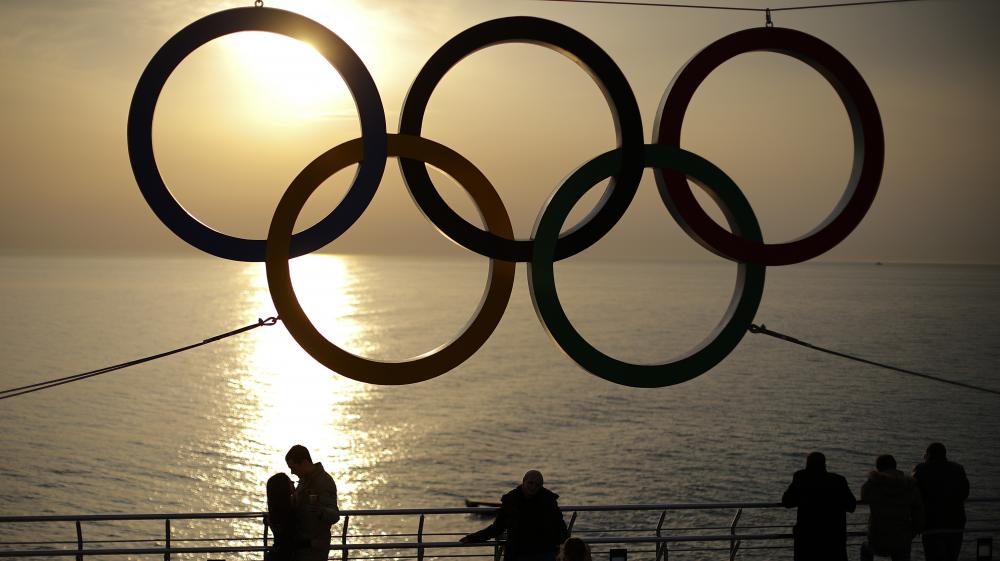President Vladimir Putin isn’t the first Russian leader to try to create a world-class resort in Sochi. That story is told in one of Sochi’s best attractions, an excellent city history museum.
Deputy museum director Alla Guseva says the first major effort to build up the city by the Black Sea as a vacation destination was led by Czar Nicholas II, who aimed at creating an aristocratic watering hole like the ones he had visited in Germany.
Wealthy merchants started building spas and luxury hotels with health facilities for taking the supposedly healing waters and enjoying the combination of sea and mountain air. But Nicholas’ plans were disrupted by the outbreak of World War I, and then permanently derailed by the 1917 revolution that ended his dynasty.
Stalin’s Project
Guseva says the luxurious hotels and villas were nationalized by the Bolsheviks and taken over by Stalin, who began the second major resort project. Around the beginning of the 1930s, the Soviet government allocated 1.4 billion rubles to develop the city.
“That was huge money for that period,” Guseva says, “and they invited the best architects, the best engineers, the best artists, to build a resort here. The resort was to show the whole world how a person would live under communism, that is, a resort as a Utopian fairy tale.”
Sochi’s museum shows the drawings and models for palatial constructivist and neo-classical hotels and hospitals, many of which were actually built to serve as vacation spots for deserving Soviet workers and the Communist Party elite. But the museum also has displays devoted to the many people who worked on those projects who were later killed or sent to labor camps as a result of Stalin’s paranoid repressions.
Guseva says that Stalin’s plans for a Sochi showplace were disrupted by World War II, when many of the spas became hospitals for wounded Soviet servicemen.
A Favored Soviet Destination
During the decades after the war, Sochi became a favorite vacation spot for Soviet families, most of whom weren’t allowed to leave the country. Many people in Russia today have fond memories of the city’s stony beaches and sleepy, tree-lined parks.
But Sochi was definitely in decay by the time Putin won his bid for the Winter Olympics in 2007. That meant that infrastructure for the games would have to be built from scratch. The original bid document for the project put the total cost at about $12 billion.
Today, the price tag for the entire project is commonly quoted as $51 billion dollars (The Washington Post‘s Paul Farhi did a useful analysis of that number here). The figure was supposed to include everything — from sports venues to city infrastructure such as roads and a rail line, plus privately financed hotels and tourist facilities — but the contracting process was so murky that it’s very hard to figure out where the money went.
And while the Sochi Games have been judged among the very best, it’s not so clear Putin’s project to build the city will ultimately be more successful than his predecessors.
Sochi is still relatively remote, compared with other resorts on the Mediterranean, and it’s unlikely to attract a lot of European tourists. Today’s Russians who can afford to travel are much more likely to fly to white-sand beaches in Turkey or Cyprus, Sharm el-Sheikh in Egypt or Goa in India. And the city may find that its thousands of new hotel rooms (and thousands more that weren’t finished in time for the Olympic boom) will be on the deeply discounted rack for decades to come.
9(MDA3MTA1NDEyMDEyOTkyNTU3NzQ2ZGYwZg004))
